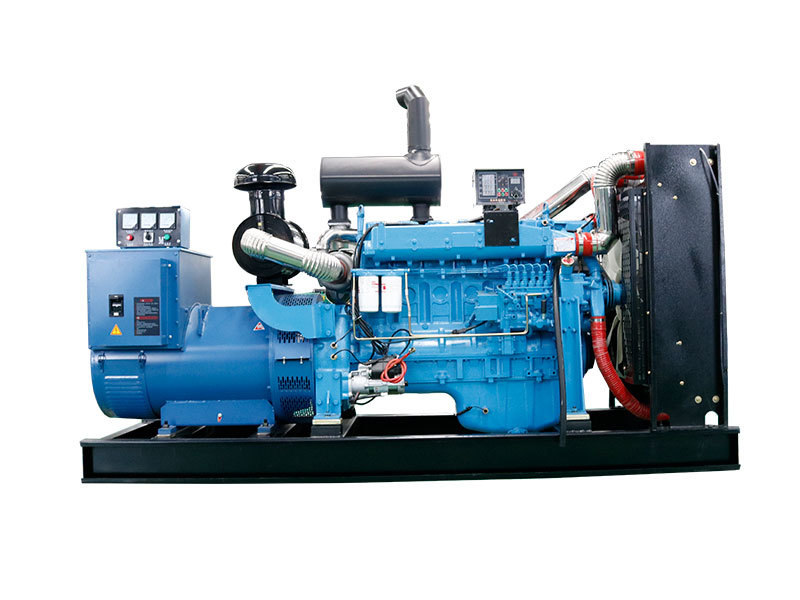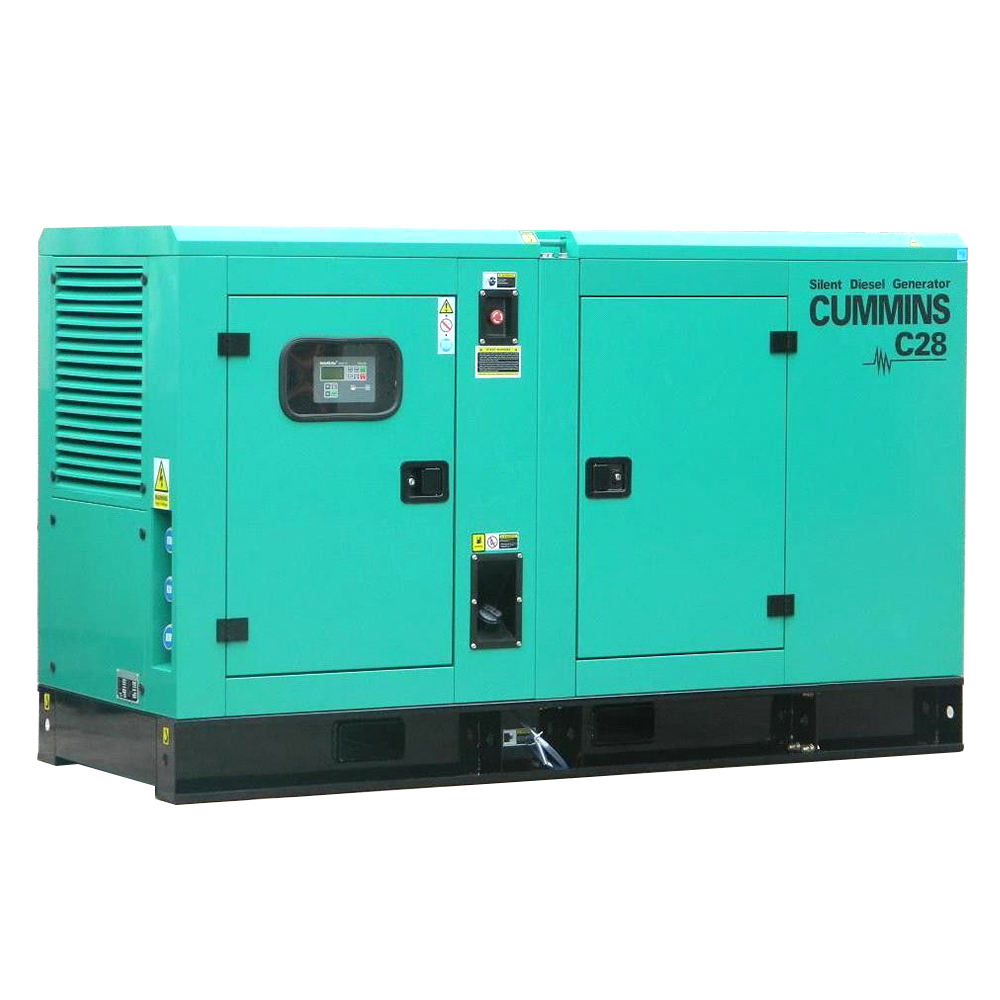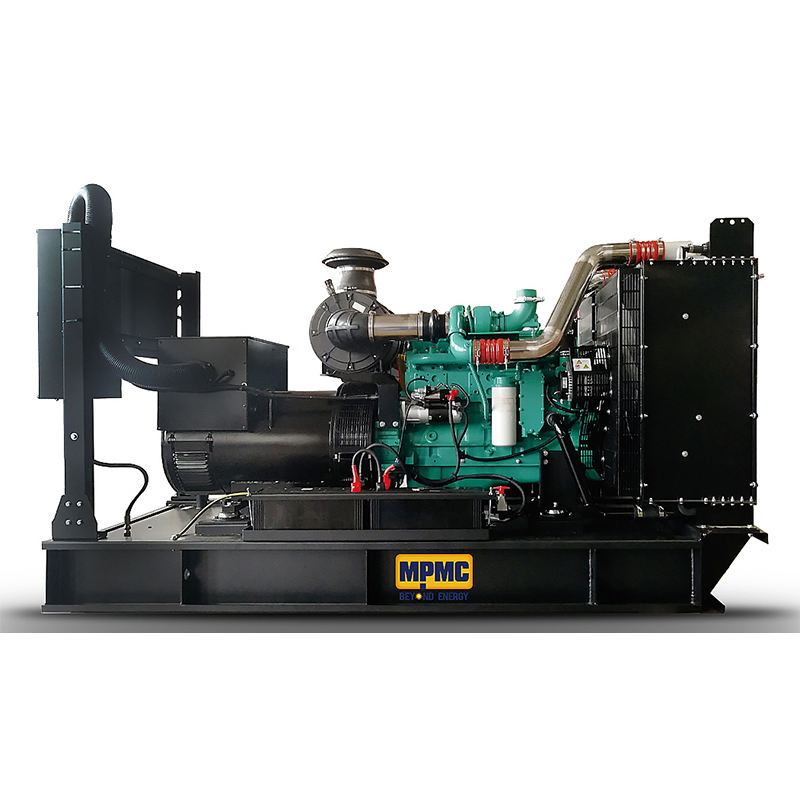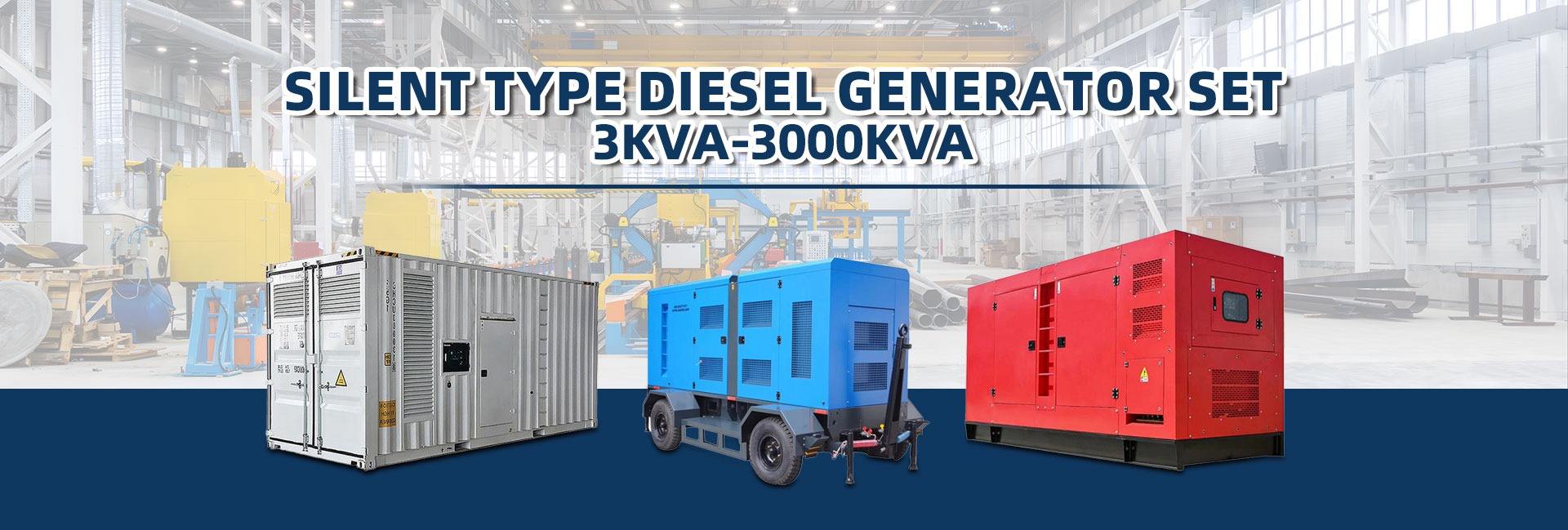Industrial Generator Set Sizing Guide: Your Comprehensive Blueprint for Reliable Power
Frankly speaking, when it comes to ensuring uninterrupted operations for your industrial facility, few decisions are as critical as correctly sizing your generator set. A generator isn't just a backup; it's the heart of your contingency plan, keeping everything from production lines to essential safety systems running when the grid falters. But here's the kicker: getting the size wrong can lead to a host of problems, from wasted capital on an oversized unit to constant failures and premature wear on an undersized one. This comprehensive industrial generator set sizing guide is designed to walk you through every crucial step, helping you make an informed decision that guarantees reliable power for years to come.
Have you ever wondered why two seemingly similar facilities might require vastly different generator sizes? It all boils down to understanding your specific power needs, the types of loads you'll be powering, and a handful of environmental factors that often get overlooked. In my experience, a thorough assessment upfront saves a tremendous amount of headache and expense down the line. Let's dive in and demystify the process of determining the perfect industrial generator set for your unique requirements.
Understanding Your Load Profile: The Foundation of Sizing
Before you even think about KVA or KW, the absolute first step in any effective industrial generator set sizing guide is a deep dive into your facility's electrical load profile. Interestingly enough, many businesses underestimate the complexity of their electrical loads, leading to miscalculations. This isn't just about adding up the nameplate ratings of your equipment; it's about understanding how your equipment actually behaves under various operating conditions.
To be honest, most industrial facilities have dynamic, not constant, loads. Equipment starts, stops, and runs at varying capacities. This dynamic nature necessitates a detailed load assessment, identifying not just total running load but also crucial peak starting loads, especially for motors, which can be significantly higher.
Types of Electrical Loads
Not all electrical loads are created equal, and understanding their characteristics is vital for accurate generator sizing. Here are the primary types you'll encounter:
- Resistive Loads: These are the simplest loads, where current and voltage are in phase. Think of heating elements, incandescent lights, or resistive ovens. They draw power consistently and are relatively easy for a generator to handle. Their power factor is typically close to 1.0.
- Inductive Loads: These loads, such as motors, transformers, and fluorescent lights, create a magnetic field. They cause the current to lag behind the voltage, resulting in a lower power factor. Starting inductive loads, especially large motors, can draw a massive surge of current (inrush current) that is many times their running current. This momentary surge is a critical factor in generator sizing.
- Capacitive Loads: Less common in industrial settings for primary loads, these include power factor correction capacitors. They cause the current to lead the voltage. While they can improve overall power factor, they need to be accounted for in the overall load profile.
- Non-Linear Loads: These are increasingly prevalent in modern industrial facilities. Examples include Variable Frequency Drives (VFDs), computers, rectifiers, and LED lighting. They draw current in non-sinusoidal waveforms, introducing harmonics into the electrical system. These harmonics can cause overheating in generators and transformers, and potentially lead to voltage distortion. Generators must be oversized or specifically designed to handle significant non-linear loads without excessive harmonic distortion.
It's worth noting that a detailed commercial generator load assessment should involve measuring actual peak demands, including motor starting currents, using specialized equipment. Relying solely on nameplate data can be misleading.

Key Parameters in Generator Sizing
Once you have a solid grasp of your load profile, it's time to translate that information into the technical specifications required for generator sizing. This involves understanding several key electrical parameters that define a generator's capacity and suitability.
Kilovolt-Amperes (KVA) vs. Kilowatts (KW)
This is often where confusion begins. Both KVA and KW represent power, but they describe different aspects:
- Kilowatts (KW): This is the "real power" or "actual power" that performs useful work. It's the power consumed by resistive loads.
- Kilovolt-Amperes (KVA): This is the "apparent power," which is the total power flowing in a circuit. It's the vector sum of real power (KW) and reactive power (KVAR). Reactive power is necessary to establish and maintain magnetic fields in inductive loads but does no useful work itself.
The relationship between KW and KVA is defined by the Power Factor (PF):




